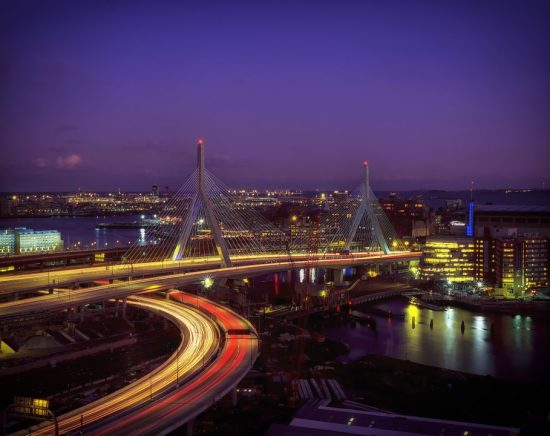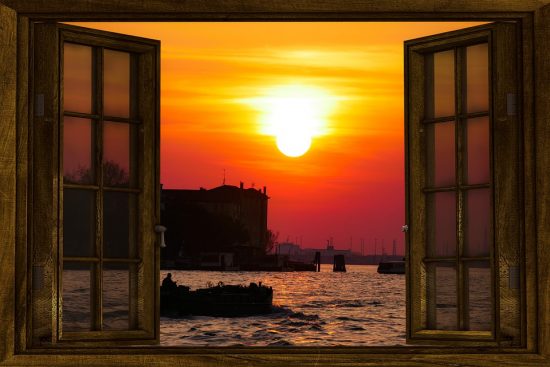There’s a lot of action to be found in Boston these days…and certainly of the Lights! Camera!…Hollywood sort. “Amy Schumer shot I Feel Pretty here and was just dragging people into scenes off the street,” a guide for On Location Tours (www.onlocationtours.com/tour/boston-tv-movie) tells me during a Boston movie locations tour. Openly gay director Gus Van Sant also shot Good Will Hunting in the area, while Boston has also been a location for LGBT faves Legally Blonde and Ally McBeal. In fact, early 2018 saw Kevin Bacon, Jill Hennessy, Cathy Moriarty, and Aldis Hodge around for a new Showtime pilot, crime drama City on a Hill.
Location shooting aside, Boston is also seeing vibrant programs, festivals, and initiatives that promote movies, including those about and by LGBTQ folks. Besides the annual LGBT Film Festival, Wicked Queer(www.wicked queer.org), celebrating its 35th anniversary in March 2019, Autograph Collection’s 136-room The Envoy Hotel (70 Sleeper St. Tel: 617-338-3030. www.theenvoyhotel.com) launched a film-centric program in September2017 with a special screening and appearance by Maggie Gyllenhaal.
The Autograph Collection initiative includes a library of indie films for hotels’ guests to stream on their TVs or iPads, and partnership/residency program with screenplay resource The Black List (www.blcklst.com), whose annual survey of the best unproduced screenplays has seen writers get launched into the Hollywood stratosphere. First time screenwriter Elizabeth Hannah’s The Post, turned into a Best Picture Oscar nominee by director Stephen Spielberg, was once on the list, while Jared Frieder, with a 2015 Black List script about a gay teenager, Three Months, went on to land a writing gig on MTV’s series Sweet/Vicious.
By Lawrence Ferber – Full Story at Passport Magazine







